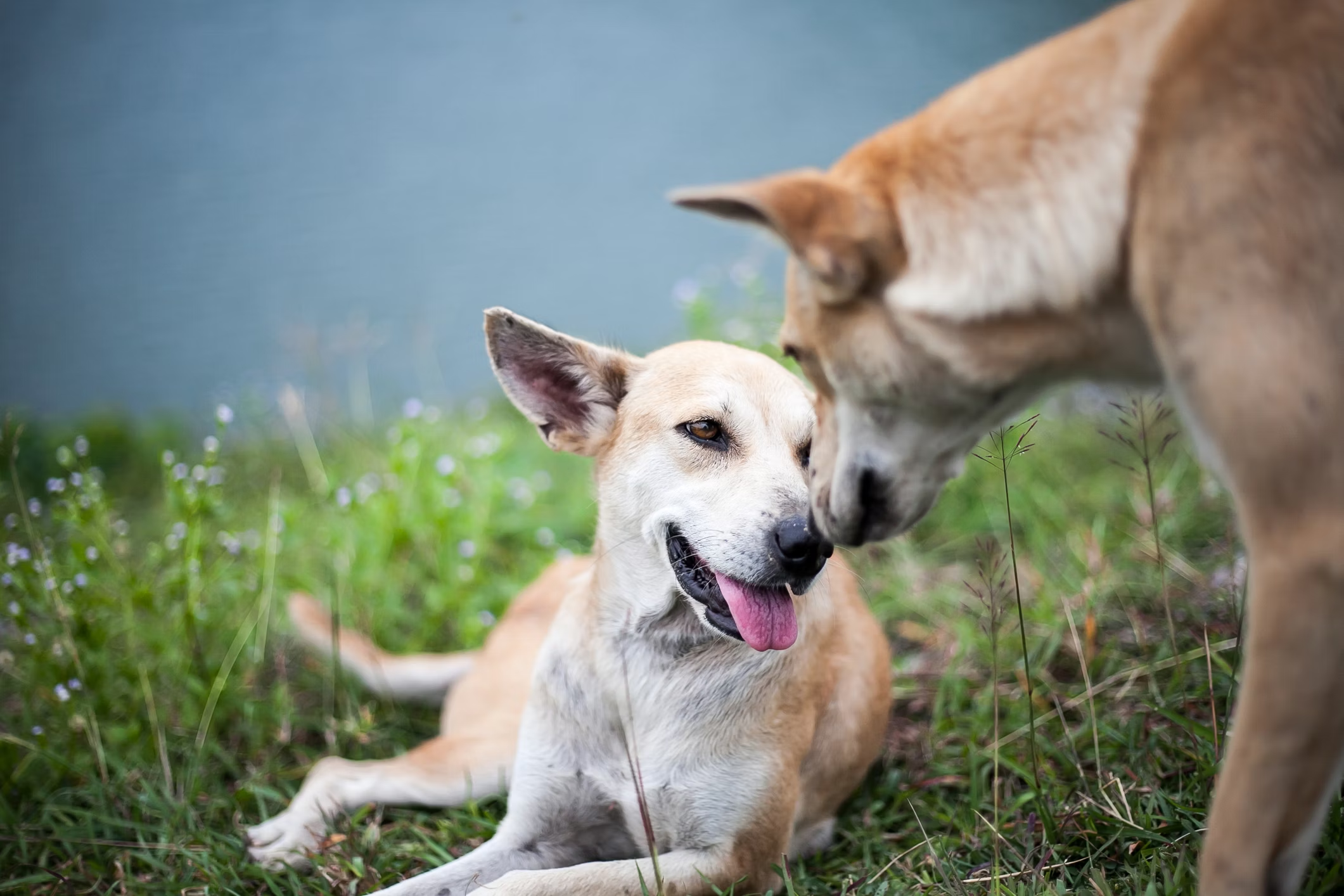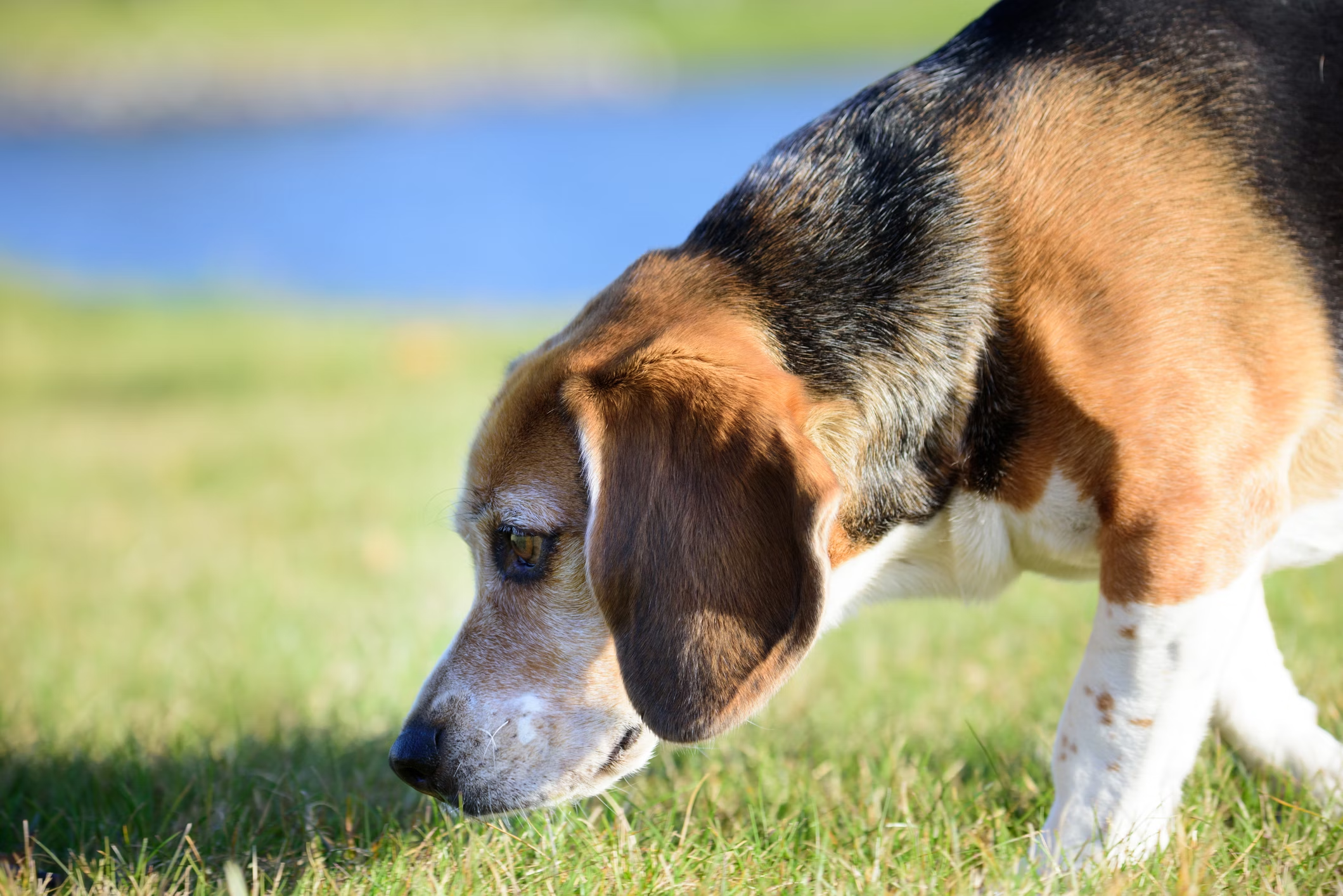A lot of pet parents wonder if their dogs can recognize their parents or siblings. After all, many dogs are separated from their families early in life. And while they go on to form new bonds with their human families (or other furry friends in the home), it does beg the question: would they recognise their family members if they saw them again?
The answer isn’t entirely clear. Research is ongoing, but there is some evidence to suggest that dogs are able to recognise their family members—but the circumstances matter. For starters, the limited studies conducted indicate that of a dog’s two mechanisms for recognition—visual and scent—scent-based memory is the more significant tool. The relationship between the dogs, as well as their sex, also appears to be a factor.
Let’s explore further!
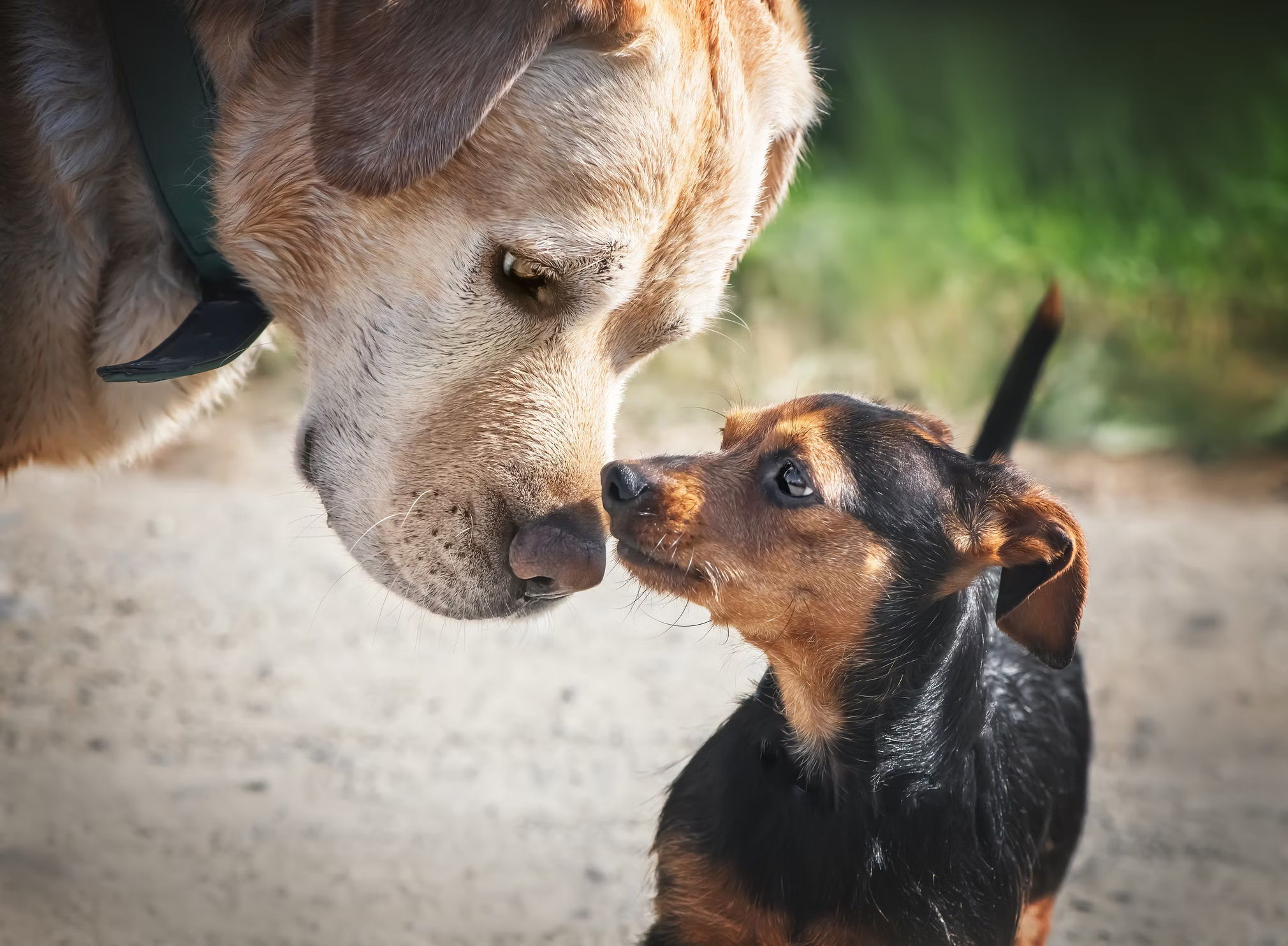
Understanding a dog’s sense of smell
Because scent-based recognition appears to be the primary way dogs remember their kin, let’s first take a moment to explore how a dog’s sense of smell works. Dogs rely heavily on their noses—and for good reason. Our canine companions have more than one million sensory receptors in their noses, compared to a mere 6 million in the human nose, and a significant portion of their brain is dedicated to analysing scents. But that’s not all.
Dogs also have a vomeronasal organ, also known as Jacobsen’s organ, located in the nasal cavity that opens up into the roof of the mouth. This serves as another olfactory tool, with nerves capable of responding to substances with otherwise undetectable odors. If you’ve ever seen your dog switch from sniffing something to licking it—and then smacking their lips and drooling—they are likely trying to engage Jacobsen’s organ by ingesting the scent and moving it toward the back of their mouth.
Because a dog’s sense of smell is so extraordinary, they use their noses to explore their environments, communicate with each other, and understand key details about their fellow canines.
So when it comes to recognising family members, does the nose know? Maybe.
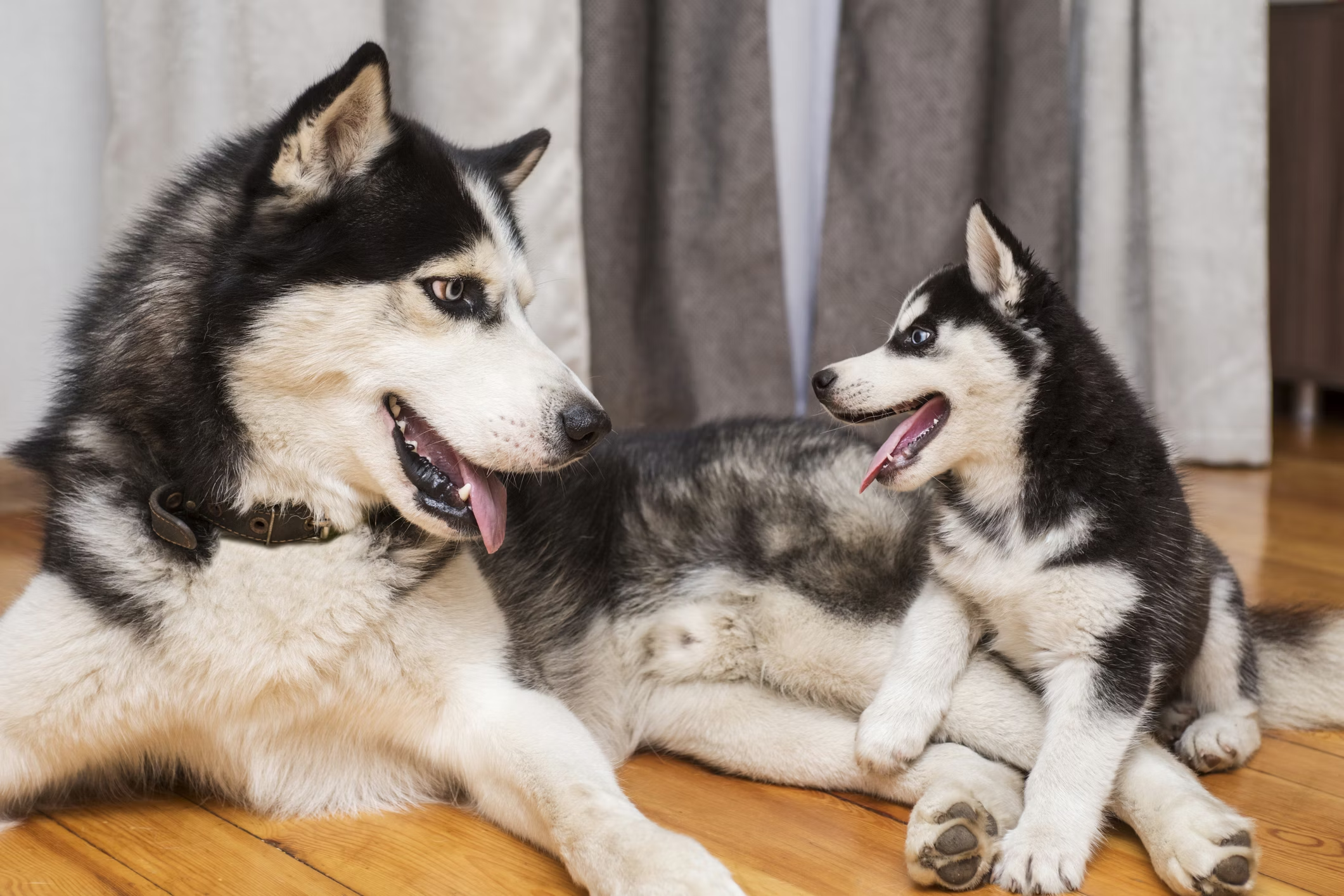
The science behind canine recognition
A small handful of researchers have looked into a dog’s ability to recognise their family members, called kinship recognition, and have found that they are able to tell the difference between dogs that are familiar and ones that are unfamiliar. Further, they show a preference for the dogs they recognise.
Puppies and mothers
In one study, researchers placed puppies’ mothers in a crate on one side of a room and another female dog of the same breed in a crate on the other side. The puppies in the study showed a recognition and strong preference for the crate with their mother. In a second round of experiments, rather than using the mother dog and other female dogs, researchers placed blankets with the mothers’ scents in the crates. The results were similar, with the puppies showing a preference for the crate containing their mother’s scent. Their conclusion: young puppies are able to recognise their mothers using scent alone.
Littermates
In this same study, the researcher compared a dog’s ability to recognise their siblings compared to their mothers. They used similar methods—offering a choice to the dogs and recording their preferences—but introduced an element of time into the experiment. The experiment yielded several interesting findings:
- Puppies 4-5.5 weeks old can recognise their siblings and their mother, and their mother can recognise them
- Two years later, mother dogs could still recognise their offspring, and their offspring recognised them. However, the offspring could not recognise their siblings unless they had been living together.
These findings suggest that while a dog can recognisze both mother and siblings for at least two years, their ability to remember their mothers is a stronger memory and perhaps leverages other mechanisms.
However, a second study into sibling recognition found that the sex of the dog was a factor. Conducting a similarly structured experiment, researchers found that female dogs showed a preference for both male and female siblings, while male dogs showed only a preference for male siblings, while preferring non-kin females. This may be related to other dog behaviors, such as the tendency for male dogs to leave their birth families to look for unrelated females for mating at sexual maturity.
Puppies and fathers
To dig into a dog’s ability to recognise their father, researchers conducted experiments similar to those that tested recognition between puppies and their mothers. These results diverged from those centered around maternal recognition. Findings revealed that male puppies showed a stronger preference for non-kin scents, while female puppies preferred the scent of their father.
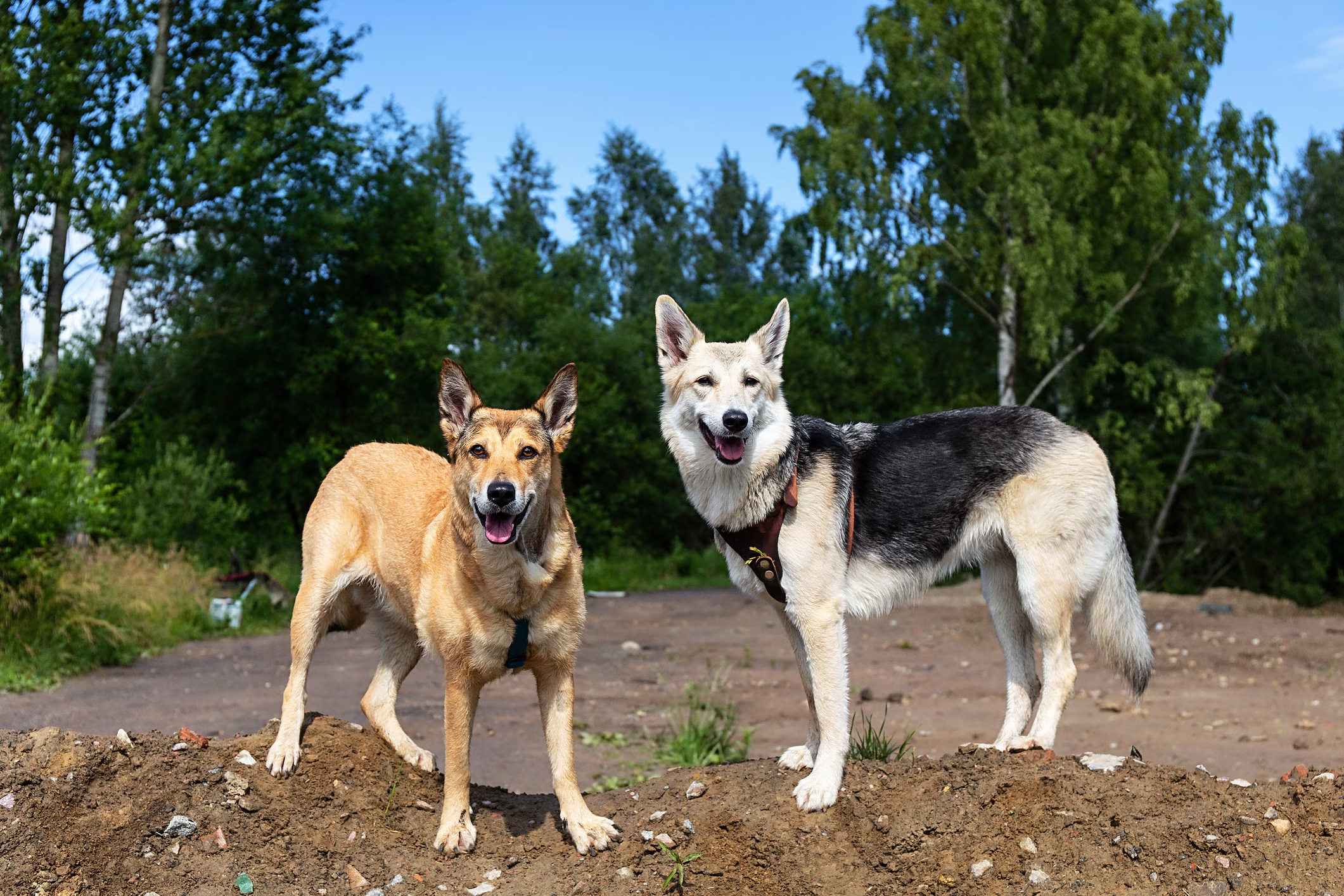
Can dogs identify family members they have never met?
The scenarios we’ve discussed so far involve dogs who have spent at least some time together. Although in most circumstances, a puppy’s interactions with their father are significantly more limited than those with their mother. But what about other family members—like siblings from another litter, or relatives from further up the family tree that they have never encountered?
To date, there’s no concrete evidence to suggest that dogs have an innate ability to identify family members they have never met based purely on genetic markers or scent. Does that mean it’s impossible? Not necessarily. But further research would be needed to make such a claim.
Relative Finder: another way to locate your pup’s family
One favorite feature of Wisdom Panel’s dog DNA tests is the Relative Finder. This feature leverages Wisdom Panel’s extensive database to match your dog’s DNA with any family members we’ve also DNA tested. Once a match is made, you’re able to see your dog’s family members and message their pet parents to learn more about them—or even arrange a reunion!
Final thoughts
Thanks to their amazing sense of smell, and their likely ability to remember scents for at least a period of time, it’s reasonable to believe in certain circumstances dogs can recognise some of their family members. However, recognizing another dog as familiar is not the same as understanding a familial connection—at least not in the same way we think about it as humans.
As research continues to evolve, we may gain deeper insights into the cognitive abilities of dogs, including their capacity for recognition and memory. For now, pet parents can appreciate the unique ways in which their dogs connect with the world.
Additional resources
- https://vcahospitals.com/know-your-pet/how-dogs-use-smell-to-perceive-the-world
- https://www.sciencedirect.com/science/article/abs/pii/0376635794900566
- https://link.springer.com/chapter/10.1007/978-1-4615-4733-4_26
- https://www.psychologytoday.com/us/blog/canine-corner/201708/do-adult-dogs-still-recognize-their-mothers
- https://www.sciencedirect.com/science/article/abs/pii/S037663571530022X?via%3Dihub
